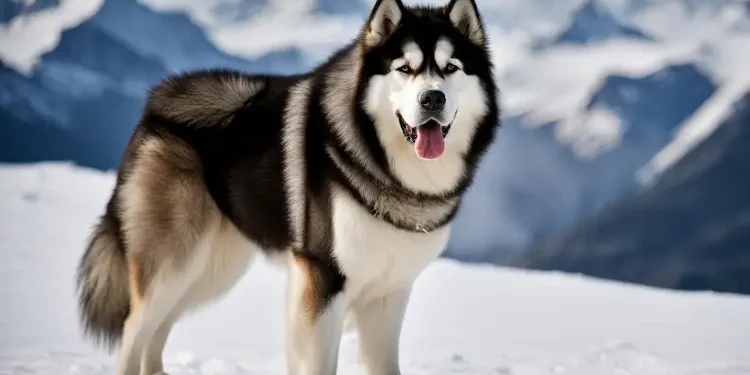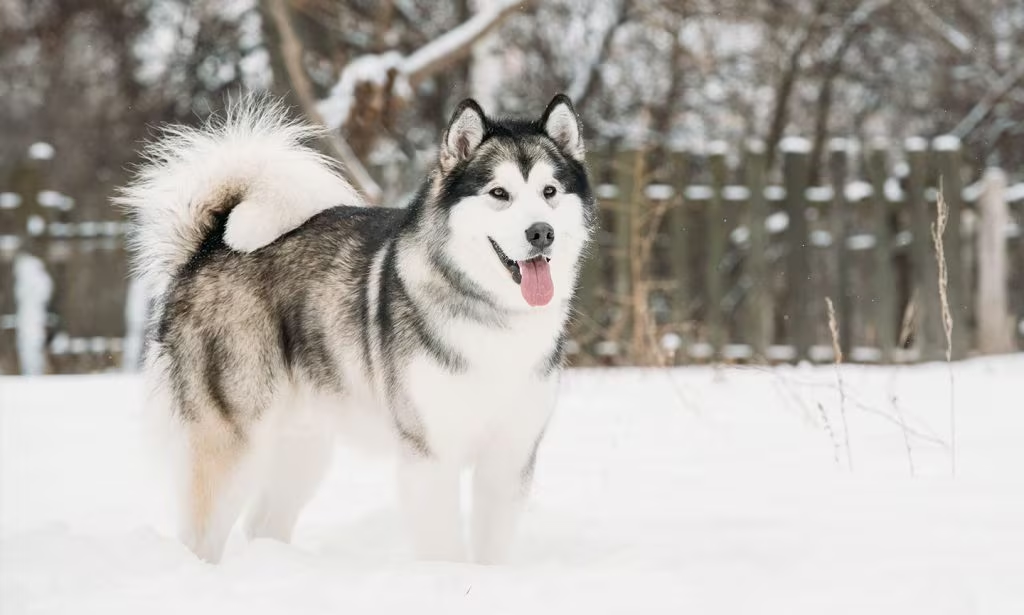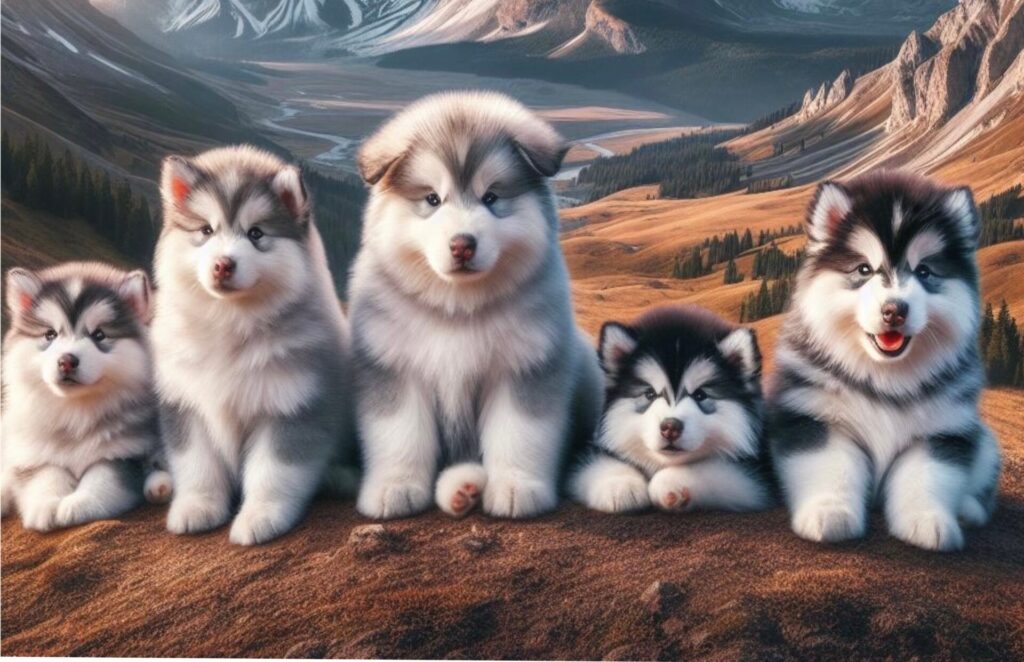The Alaskan Malamute is a magnificent breed, renowned for its strength, endurance, and ability to thrive in some of the harshest winter conditions. In this article, we’ll explore why the Alaskan Malamute excels in cold climates and how their unique traits make them one of the best winter dog breeds.
The Origins of the Alaskan Malamute
A Brief History
The Alaskan Malamute has a rich history deeply rooted in the Arctic regions. Originally bred by the Mahlemut tribe in Alaska, these dogs were essential for survival, used for pulling heavy sleds and hunting large game.
- Mahlemut Tribe: The native people who first bred these dogs.
- Sled Dogs: Their primary role in transporting goods and people.
- Hunting Partners: Used in hunting seals and polar bears.
Evolution of a Winter Dog Breed
Over centuries, the Alaskan Malamute has evolved traits that make it exceptionally suited for cold climates. Their development in the Arctic has led to several key characteristics that are vital for surviving and thriving in such environments.
Physical Traits of the Alaskan Malamute
Thick Double Coat
One of the most notable features of the Alaskan Malamute is its thick double coat. This coat consists of a dense, woolly undercoat and a coarse, water-resistant outer coat.

- Undercoat: Provides insulation against freezing temperatures.
- Outer Coat: Protects against snow and ice.
Strong Build
The Alaskan Malamute’s powerful, muscular build is another essential trait. This strength allows them to pull heavy loads over long distances, making them ideal sled dogs.
- Muscular Structure: Built for endurance and strength.
- Large Paws: Act like snowshoes to prevent sinking into snow.
Behavioral Traits and Adaptations
High Energy Levels
Alaskan Malamutes possess high energy levels, which help them stay active and warm in cold climates. They require regular exercise to maintain their physical health and happiness.
- Exercise Needs: Require daily physical activity.
- Playfulness: Engages in activities that keep them warm.
Social and Pack-Oriented
These dogs are highly social and thrive in a pack environment. Their ability to work well in teams is crucial for their historical role in sled pulling.

- Pack Mentality: Enjoy being part of a group.
- Teamwork: Essential for sled dog operations.
Health and Maintenance
Dietary Needs
Feeding an Alaskan Malamute a balanced diet is critical to maintain their health, especially in cold climates. They require high-protein diets to fuel their energy and maintain their thick coats.
- High-Protein Diet: Supports their energy levels.
- Essential Nutrients: Vitamins and minerals for coat health.
Grooming Requirements
Regular grooming is essential to manage their thick double coat and prevent matting. It also helps in reducing shedding, which can be substantial.
- Brushing: Necessary several times a week.
- Seasonal Shedding: Increased grooming during shedding seasons.
Why Alaskan Malamutes Are Ideal for Cold Climates
Endurance and Stamina
The Alaskan Malamute’s endurance and stamina make them perfect for long treks in the snow. Their ability to sustain energy over long distances is unparalleled among winter dog breeds.
- Long-Distance Travel: Capable of pulling sleds for miles.
- Stamina: Can work for extended periods without tiring.
Adaptability
These dogs are incredibly adaptable to various cold environments, from snowy plains to icy mountains. Their versatility makes them suitable companions for those living in or exploring cold regions.

- Versatility: Thrives in various cold environments.
- Companionship: Loyal and reliable in harsh conditions.
Conclusion
The Alaskan Malamute is a prime example of a breed perfectly adapted to cold climates. Their physical and behavioral traits, combined with their rich history, make them one of the most remarkable winter dog breeds. For those living in or exploring snowy regions, the Alaskan Malamute is not just a pet but a reliable companion and partner in the cold.
By understanding and appreciating these unique traits, you can ensure that your Alaskan Malamute thrives and remains happy, healthy, and active in any cold climate.





















